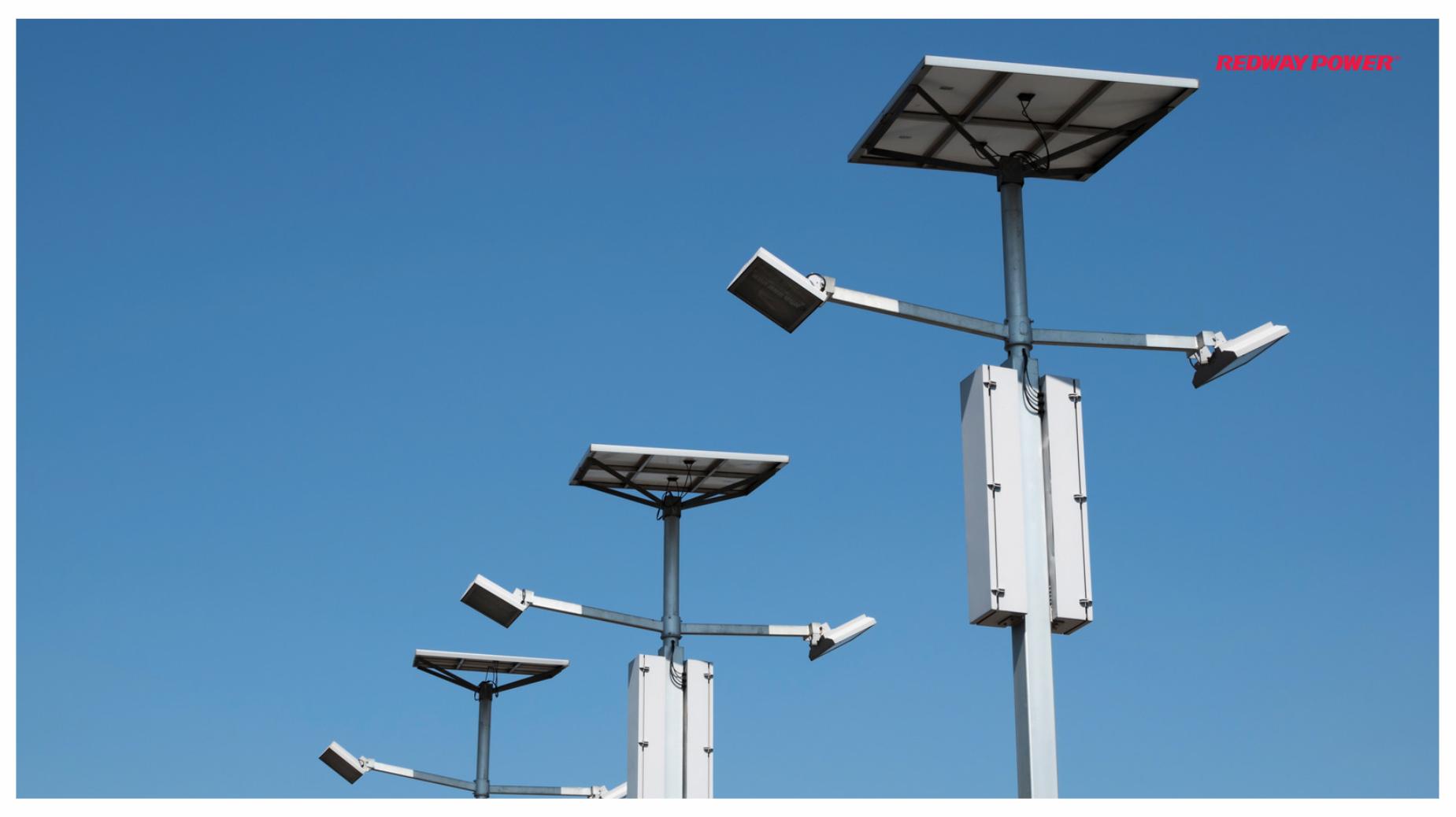
How Many Lumens Do You Need for Effective Street Lighting?
How many lumens do you need for effective street lighting? The lumen requirement varies based on the type of road and its usage. Generally, residential streets require about 5,000 to 12,000 lumens per light, while busy roads and highways may need between 10,000 to 40,000 lumens to ensure safety and visibility.
What are lumens and why are they important for street lighting?
Lumens measure the total amount of visible light emitted by a source. In street lighting, the lumen output is crucial because it directly affects visibility and safety:
- Brightness Measurement: Higher lumen values indicate brighter lights, which enhance visibility at night.
- Safety Considerations: Adequate lighting helps prevent accidents by illuminating potential hazards, allowing drivers and pedestrians to see obstacles clearly.
Understanding Lumens
| Measurement | Description |
|---|---|
| Lumens | Unit measuring the total light output |
| Importance | Essential for ensuring safety and visibility |
How many lumens are generally required for different types of roads?
The lumen requirements vary significantly based on the type of road:
- Residential Streets: Typically require around 5,000 to 12,000 lumens per light.
- Arterial Roads: Often need between 10,000 to 20,000 lumens due to higher traffic volumes.
- Highways: Can require up to 30,000 to 40,000 lumens to ensure safe navigation at higher speeds.
Lumen Requirements by Road Type
| Road Type | Lumen Requirement |
|---|---|
| Residential Streets | 5,000 – 12,000 lumens |
| Arterial Roads | 10,000 – 20,000 lumens |
| Highways | 30,000 – 40,000 lumens |
What factors influence the lumen requirements for street lights?
Several factors determine the appropriate lumen output for street lights:
- Road Width: Wider roads require more lumens to ensure even distribution of light.
- Traffic Volume: Heavily trafficked areas necessitate brighter lights to enhance visibility.
- Ambient Light Conditions: Areas with more surrounding light may require fewer lumens compared to darker environments.
- Height of Light Fixtures: The higher the fixture, the more lumens are needed to achieve adequate ground illumination.
Factors Influencing Lumen Requirements
| Factor | Description |
|---|---|
| Road Width | Wider roads need more light |
| Traffic Volume | Heavier traffic requires brighter lights |
| Ambient Light Conditions | Darker areas need higher lumen outputs |
| Height of Fixtures | Higher fixtures require increased lumen output |
Why is LED technology preferred for street lighting?
LED technology has become the preferred choice for street lighting due to several advantages:
- Energy Efficiency: LEDs consume significantly less power than traditional incandescent or halogen bulbs while providing equivalent or greater brightness.
- Long Lifespan: LED street lights can last up to 50,000 hours, reducing maintenance costs associated with frequent bulb replacements.
- Lower Heat Emission: LEDs produce less heat compared to traditional lighting options, enhancing safety and reducing fire hazards.
- Environmental Impact: LEDs have a lower carbon footprint due to their energy efficiency and longer lifespan.
Advantages of LED Street Lights
| Advantage | Description |
|---|---|
| Energy Efficiency | Consumes less power than traditional bulbs |
| Long Lifespan | Lasts up to 50,000 hours |
| Lower Heat Emission | Reduces fire hazards |
| Environmental Impact | Lower carbon footprint |
How can you ensure adequate lighting while minimizing energy use?
To achieve adequate street lighting while minimizing energy consumption:
- Use Smart Controls: Implement smart lighting systems that adjust brightness based on real-time conditions (e.g., dimming during low traffic).
- Install Motion Sensors: Use sensors that activate lights only when movement is detected.
- Select Appropriate Lumen Output: Choose fixtures that provide sufficient light without excessive brightness; this reduces energy waste.
Strategies for Efficient Lighting
| Strategy | Description |
|---|---|
| Smart Controls | Adjust brightness based on conditions |
| Motion Sensors | Activate lights only when needed |
| Appropriate Lumen Output | Select fixtures that provide necessary illumination |
Are there specific guidelines or standards for street light lumens?
Yes, various guidelines exist regarding lumen output for street lighting:
- Illuminating Engineering Society (IES): Provides recommendations based on road type and usage patterns.
- Local Regulations: Municipalities often have specific standards that dictate minimum lumen levels based on local conditions and safety requirements.
It’s essential to consult these guidelines when planning or upgrading street lighting systems.
OEM Tips for Lithium Batteries
SolarStreetLightBattery.com is your go-to resource for finding the best LiFePO4 (lithium iron phosphate) battery factories and manufacturers. Our mission is to guide you through the rapidly evolving world of LiFePO4 technology, helping you discover top-notch battery solutions for various applications. Focus on selecting manufacturers that prioritize quality control and offer customization options tailored to your needs.
Conclusion
Determining how many lumens are needed for effective street lighting is crucial for ensuring safety and visibility on roads. By understanding the factors influencing lumen requirements and opting for modern LED technology, municipalities can create well-lit environments that enhance safety while minimizing energy consumption.
FAQ
- What is a lumen?
A lumen is a unit of measurement that quantifies the amount of visible light emitted by a source; higher lumen counts indicate brighter lights. - How many lumens do I need for residential streets?
Typically, residential streets require about 5,000 to 12,000 lumens per light fixture. - Why are LEDs preferred over traditional bulbs in street lighting?
LEDs are preferred due to their energy efficiency, long lifespan, lower heat emission, and reduced environmental impact. - What factors should be considered when determining lumen requirements?
Factors include road width, traffic volume, ambient light conditions, and the height of light fixtures. - Are there regulations governing street light lumen levels?
Yes, organizations like the Illuminating Engineering Society (IES) provide guidelines on recommended lumen levels based on road type and usage patterns.
